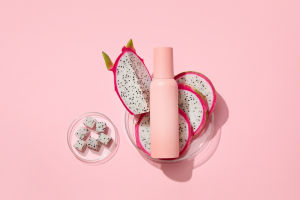In our everyday life, there is a wide range of ceramic products.
Examples include tableware, ceramic tiles, ceramic handicrafts and electric porcelain insulators.
What exactly is the chemical composition of these different forms of ceramics?
The everyday ceramics (bowls, plates, etc.), architectural ceramics (tiles, etc.), sanitary ceramics (toilets, etc.) that we use in our daily lives, as well as the chemical ceramics, electronic ceramics (capacitors, etc.) and electric ceramics (insulators in power transmission lines, etc.) that are often used in industrial production are all traditional ceramics (ordinary ceramics).
The traditional ceramics (ordinary ceramics) are made from natural minerals such as clay, and therefore their chemical composition is highly similar to the elemental composition of the earth's crust.
As a craft.
Craft ceramics are now becoming more and more sophisticated on the market and many people are buying them to take home and place in their homes as a decorative item.
Craft ceramics will not only add a touch of literature to the home, but can also be the highlight of the entire home or building decoration.
Common ceramic materials are made up of natural raw materials such as feldspar, clay and quartz, which are typically silicate materials that have been sintered.
Common ceramic materials are available from a wide variety of sources, at low cost and with a proven process, and can be subdivided by performance characteristics and uses into everyday ceramics, architectural ceramics and chemical ceramics.
The first thing you need to create a successful craft ceramic piece is to choose the right porcelain stone and clay for making the craft ceramic.
Depending on the size and shape of the ceramics you want to make, you can estimate the amount of porcelain stone or clay you will need, so as to minimise waste.
After choosing the right amount of porcelain stone and clay, all you need to do is to find special tools to pound and grind the porcelain stone and clay.
Then you need to find a suitable capacity of the panning pool, pounding and grinding the fine porcelain stone and clay into the panning pool for panning, precipitation of the finest porcelain material, which is the raw material for the production of craft ceramics.
After washing out the porcelain material and making it into clay, you can officially start making craft ceramics.
The usual method is to spin the clay into the shape you want to construct with a clay bar tray.
If you are making a large ceramic, you will need to divide it into two parts, draw them separately and then use the corresponding clay to join them together as a whole.
After the billet has been drawn, you can then decorate the piece with your own aesthetic, either by engraving, printing, painting or whatever you prefer.
Generally speaking, painting is done before the ceramic is completely dry, while painting is done when it is completely dry.
After the decorative painting is complete, the glaze is applied, and after the glaze is complete, the final step is to fire it in the kiln.
Once the firing is complete, the ceramic is finished.


